Introduction
Aggression in autistic children presents significant challenges for many families, often leaving parents in search of effective strategies and support. The prevalence of such behaviors underscores the necessity for a deeper understanding and a proactive approach. Underlying factors such as communication difficulties, sensory overload, and unmet emotional needs frequently contribute to these aggressive incidents.
Recognizing and addressing these triggers is fundamental to fostering a supportive environment for autistic children.
Effective management strategies, incorporating clear routines and coping mechanisms, can greatly reduce aggression. Behavioral therapies like Applied Behavior Analysis (ABA) offer promising interventions, while emerging technologies provide new avenues for proactive management. Additionally, acknowledging sensory sensitivities and making tailored adjustments can significantly mitigate stress, promoting a calmer and more supportive atmosphere for children to thrive.
This comprehensive approach empowers parents and caregivers to navigate the complexities of autism with confidence and ensure the well-being of their children.
Prevalence of Aggression in Autism
Aggression in autistic youth is a reality that many parents encounter. Research suggests that a considerable portion of individuals on the autism spectrum may exhibit aggressive behaviors at some point. This understanding can be crucial for parents as they navigate these challenges. Dr. David (Dan) R. Offord, a renowned pediatric psychiatrist, highlighted the significance of acknowledging both the unfulfilled requirements and the strengths of young individuals with disabilities. Parents frequently seek assistance, often detailing circumstances where they are physically harmed by their offspring. These scenarios highlight the importance of effective strategies and support systems to help manage and reduce aggressive incidents.
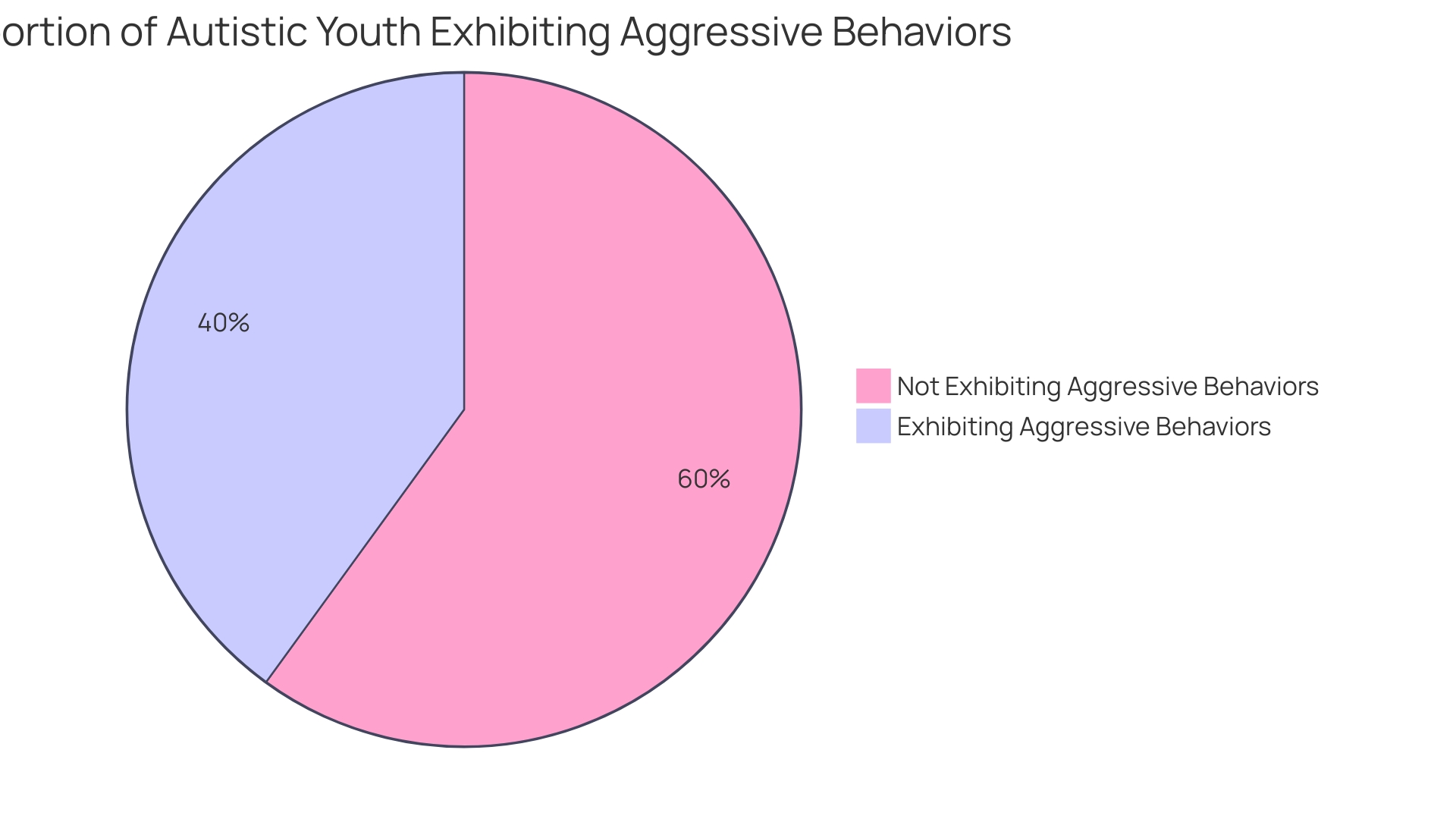
Factors Linked to Aggression in Autism
Aggressive behavior in autistic individuals can arise from a variety of underlying factors. Communication challenges frequently result in frustration when a young person cannot articulate their desires or emotions effectively. Sensory overload, another significant trigger, occurs when an individual is overwhelmed by stimuli such as loud noises or bright lights, leading to distress and potential aggression. Unfulfilled emotional requirements also play a crucial role; young individuals who feel unsupported or misunderstood may react aggressively to manage their feelings.
Recognizing these triggers is crucial for constructive intervention. According to Dr. David (Dan) R. Offord, ensuring that young individuals with disabilities are engaged and supported in all areas of life is fundamental to their mental health and well-being. This includes acknowledging their needs and the positive contributions they bring to their communities. Moreover, reducing chronic stressors and providing caregivers with the necessary resources are essential steps in supporting healthy development and family well-being. Tackling these elements can assist in fostering a more welcoming atmosphere where autistic youths can flourish without turning to hostile actions.
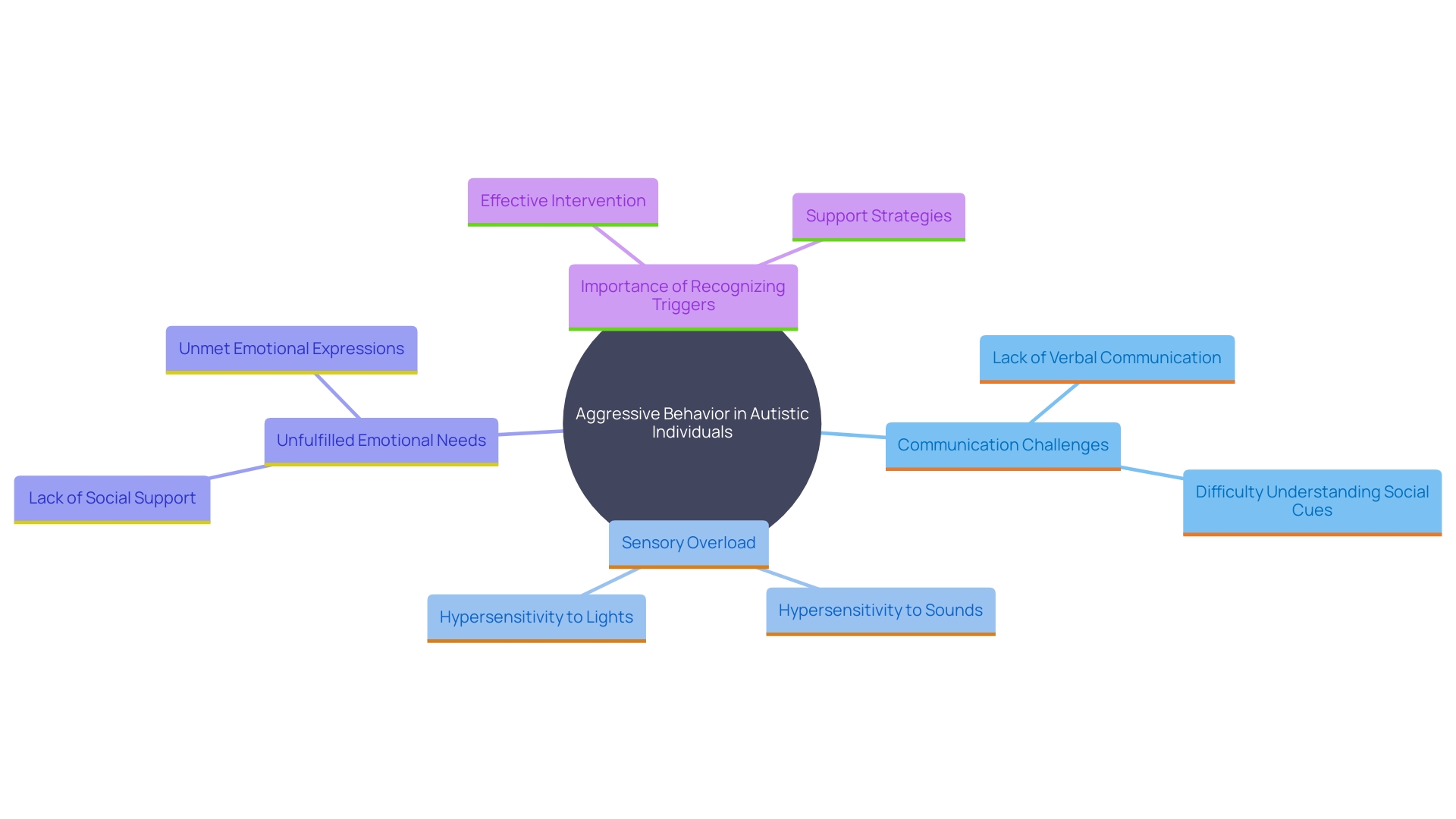
Strategies for Managing Aggression
Implementing proactive strategies can significantly reduce instances of aggression. Techniques such as establishing clear routines, using visual schedules, and teaching coping mechanisms can empower both the young one and the parent. Consistency in responses and routines is key to fostering a sense of security. An AI system now forecasts aggressive behavior in young individuals with autism by analyzing data such as browsing behavior or unique IDs, offering a new layer of proactive intervention. As stated by the National Academies of Sciences, Engineering, and Medicine, high-quality, impartial guidance on behavioral strategies can influence public policy and promote the well-being of youth with disabilities. Dr. David Offord emphasized the importance of engaged, peaceful, and well-supported participation of young individuals with disabilities, highlighting that recognizing their unmet needs and reducing chronic stress are fundamental for mental health and equity. This holistic approach ensures that caregivers have the resources needed to support their offspring's healthy development and overall family well-being.
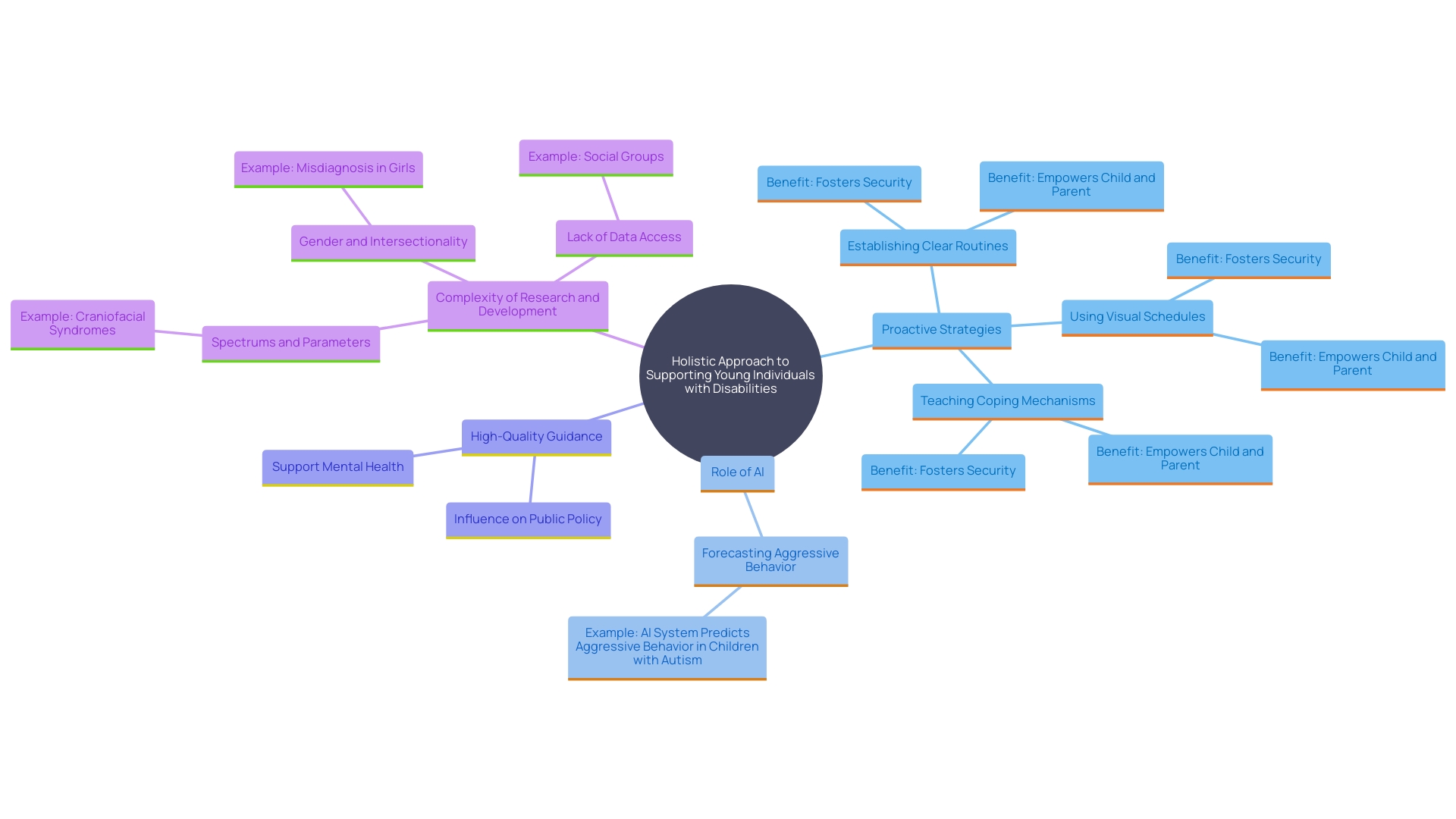
Addressing Aggression: Behavioral Therapies
Behavioral therapies, such as Applied Behavior Analysis (ABA), provide effective methods for teaching alternative actions and managing aggression in individuals with autism. These therapies emphasize reinforcing positive behaviors while minimizing aggressive actions. Working together with skilled experts can greatly improve the creation of customized strategies, ensuring that the individual requirements of each young person are addressed. According to the National Academies of Sciences, Engineering, and Medicine, such expert guidance and interventions are vital in shaping effective policies and promoting the welfare of youth with autism. 'Furthermore, new technologies, such as AI systems that forecast challenging conduct in youngsters with autism, are paving the way for more tailored and proactive strategies in behavioral management.'. These advancements reflect a growing commitment to providing comprehensive support to families and caregivers, helping them navigate the complexities of autism with greater confidence.
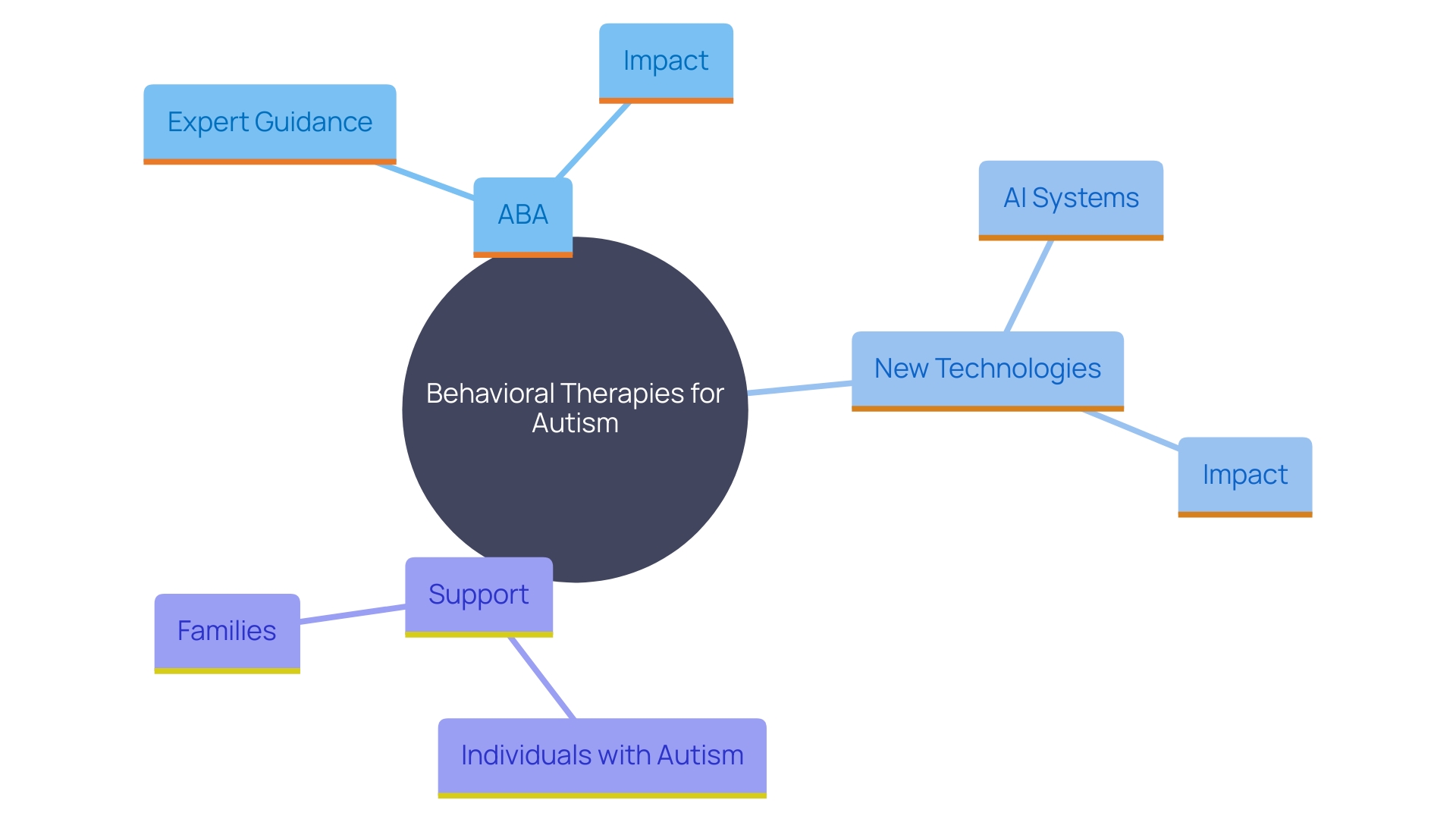
The Importance of Sensory Issues
Comprehending sensory sensitivities is essential when tackling aggressive actions in autistic youth. Sensory overload can often trigger such reactions. Dr. Temple Grandin, a renowned advocate for autism, emphasizes the importance of non-flickering LED lights to mitigate visual discomfort. Accommodating sensory needs, whether through lighting, noise reduction, or tactile adjustments, can significantly reduce stress and prevent outbursts. Research shows that tailored environments lead to calmer behavior, allowing children to thrive.
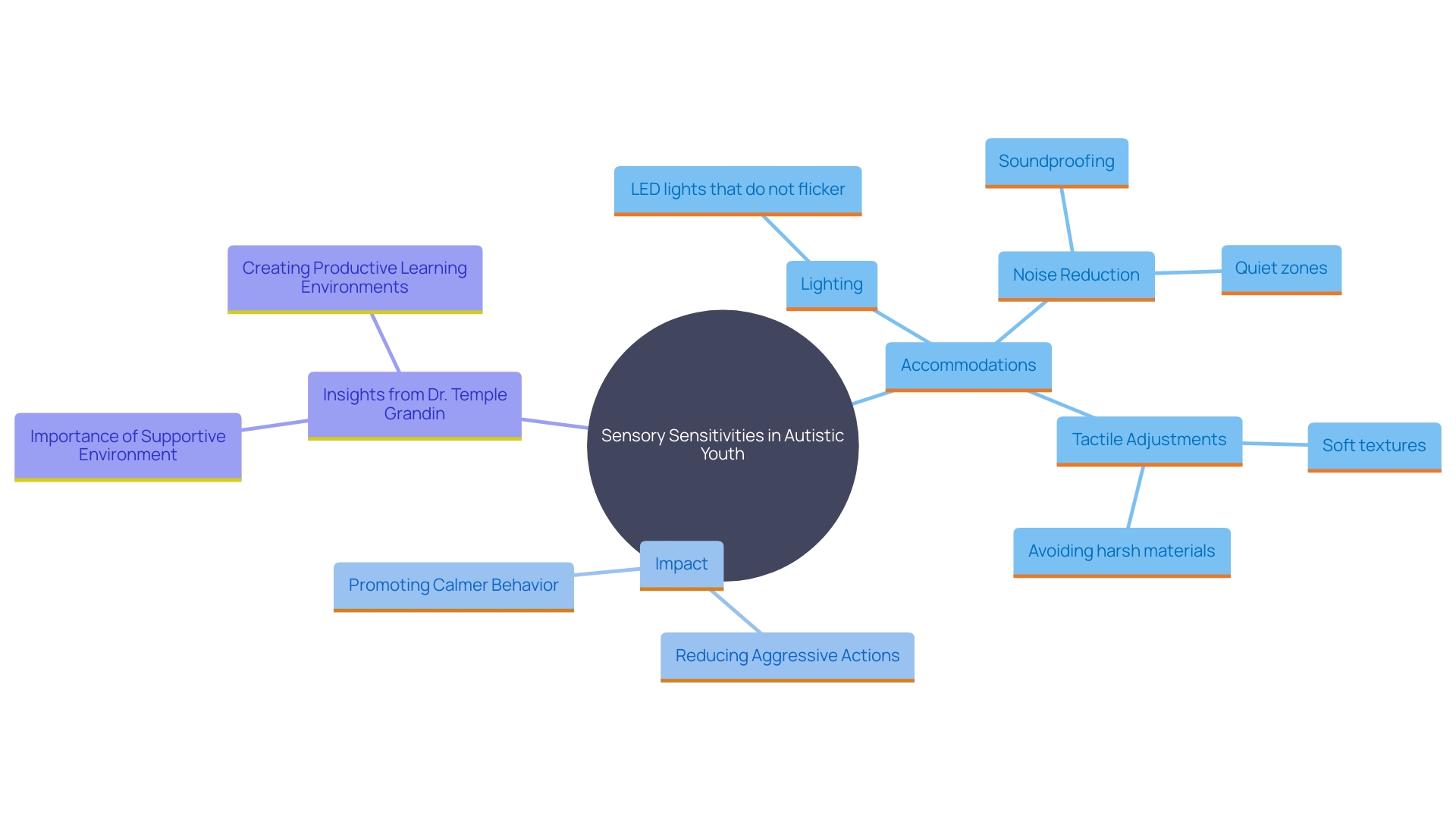
Conclusion
Aggression in autistic children is a multifaceted issue that requires a comprehensive understanding of its underlying causes, including communication barriers, sensory overload, and unmet emotional needs. Recognizing these triggers is essential for parents and caregivers in developing effective strategies to manage and reduce aggressive behaviors. By fostering an environment that acknowledges these challenges, families can create a supportive atmosphere that promotes the well-being of autistic children.
Implementing proactive strategies, such as establishing clear routines and utilizing visual schedules, empowers both children and their caregivers. Behavioral therapies like Applied Behavior Analysis (ABA) and emerging technologies, including AI systems for predicting aggressive behavior, offer innovative solutions that can be tailored to the unique needs of each child. Collaborating with trained professionals ensures that interventions are both effective and compassionate, reinforcing positive behaviors while addressing the root causes of aggression.
Additionally, understanding and accommodating sensory sensitivities is vital in preventing aggressive incidents. By making necessary adjustments to the environment—such as controlling lighting and reducing noise—families can significantly alleviate stress and promote a calmer atmosphere. This holistic approach equips parents and caregivers with the tools and knowledge needed to navigate the complexities of autism, fostering a more inclusive and supportive environment where children can thrive.




